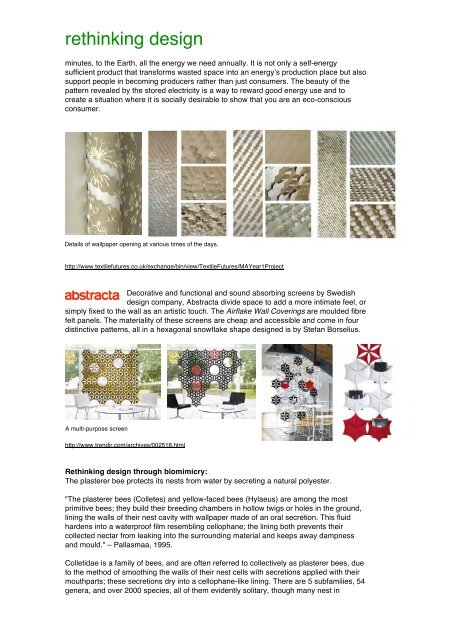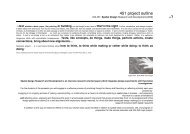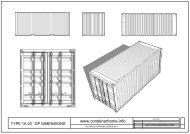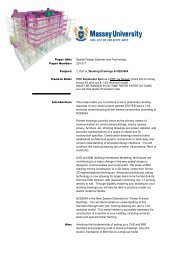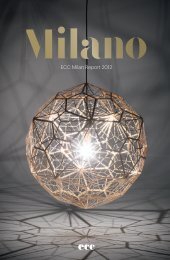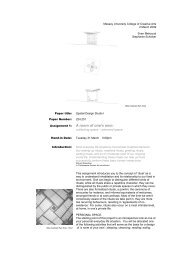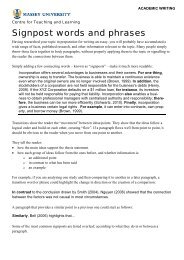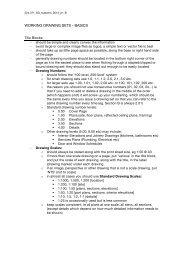rethinking design - Spatial Design@Massey
rethinking design - Spatial Design@Massey
rethinking design - Spatial Design@Massey
Create successful ePaper yourself
Turn your PDF publications into a flip-book with our unique Google optimized e-Paper software.
ethinking <strong>design</strong>minutes, to the Earth, all the energy we need annually. It is not only a self-energysufficient product that transforms wasted space into an energyʼs production place but alsosupport people in becoming producers rather than just consumers. The beauty of thepattern revealed by the stored electricity is a way to reward good energy use and tocreate a situation where it is socially desirable to show that you are an eco-consciousconsumer.Details of wallpaper opening at various times of the days.http://www.textilefutures.co.uk/exchange/bin/view/TextileFutures/MAYear1ProjectDecorative and functional and sound absorbing screens by Swedish<strong>design</strong> company, Abstracta divide space to add a more intimate feel, orsimply fixed to the wall as an artistic touch. The Airflake Wall Coverings are moulded fibrefelt panels. The materiality of these screens are cheap and accessible and come in fourdistinctive patterns, all in a hexagonal snowflake shape <strong>design</strong>ed is by Stefan Borselius.A multi-purpose screenhttp://www.trendir.com/archives/002518.htmlRethinking <strong>design</strong> through biomimicry:The plasterer bee protects its nests from water by secreting a natural polyester."The plasterer bees (Colletes) and yellow-faced bees (Hylaeus) are among the mostprimitive bees; they build their breeding chambers in hollow twigs or holes in the ground,lining the walls of their nest cavity with wallpaper made of an oral secretion. This fluidhardens into a waterproof film resembling cellophane; the lining both prevents theircollected nectar from leaking into the surrounding material and keeps away dampnessand mould." – Pallasmaa, 1995.Colletidae is a family of bees, and are often referred to collectively as plasterer bees, dueto the method of smoothing the walls of their nest cells with secretions applied with theirmouthparts; these secretions dry into a cellophane-like lining. There are 5 subfamilies, 54genera, and over 2000 species, all of them evidently solitary, though many nest in


